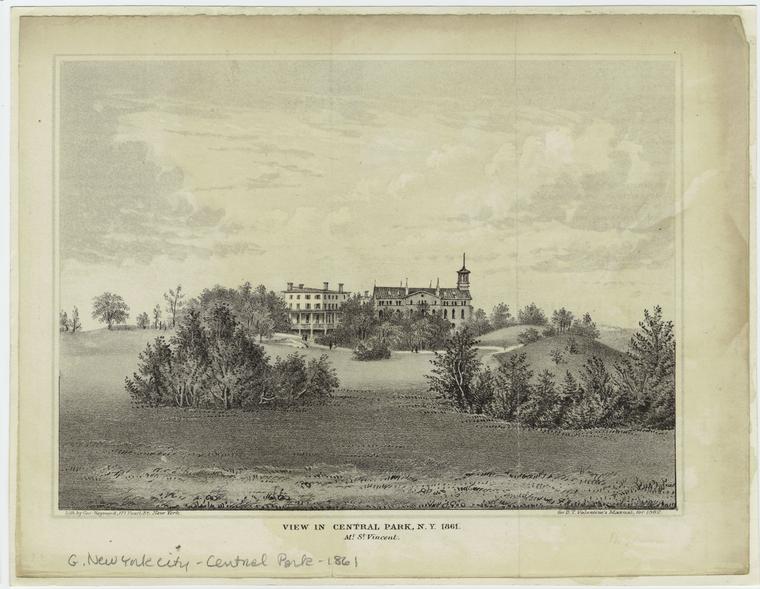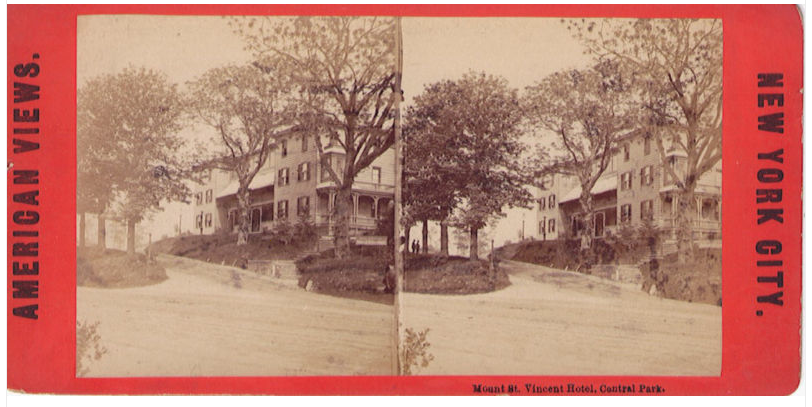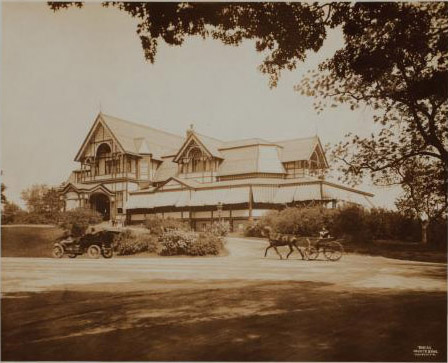I love history, especially New York City history. I have studied it for 15 years, have countless books and vintage maps and should probably find a new hobby.
In today’s episode we are going to talk about The Central Park and running. (Did you know there is supposed to be a THE in front of it?)
The Central Park is a man made park designed by Olmstead and Vaux (who won a design competition) and opened in 1857. I often take the ‘man made’ part to heart especially when walking through places like The Mall with it’s giant American Oaks. Imagine it in 1857 when they were just saplings…
Not all of Central Park is man made. The part of the park I wish to discuss today is one very familiar with runners and cyclists. Today we call it Harlem Hill and (going clockwise) it starts with a downhill switchback. As it levels out it takes a westward turn and begins its uphill course. It’s a very challenging part of the Park’s oval course and is avoided by taking a sharp left at the 102 Transverse. That particular location is going to be our point of interest for today’s episode.
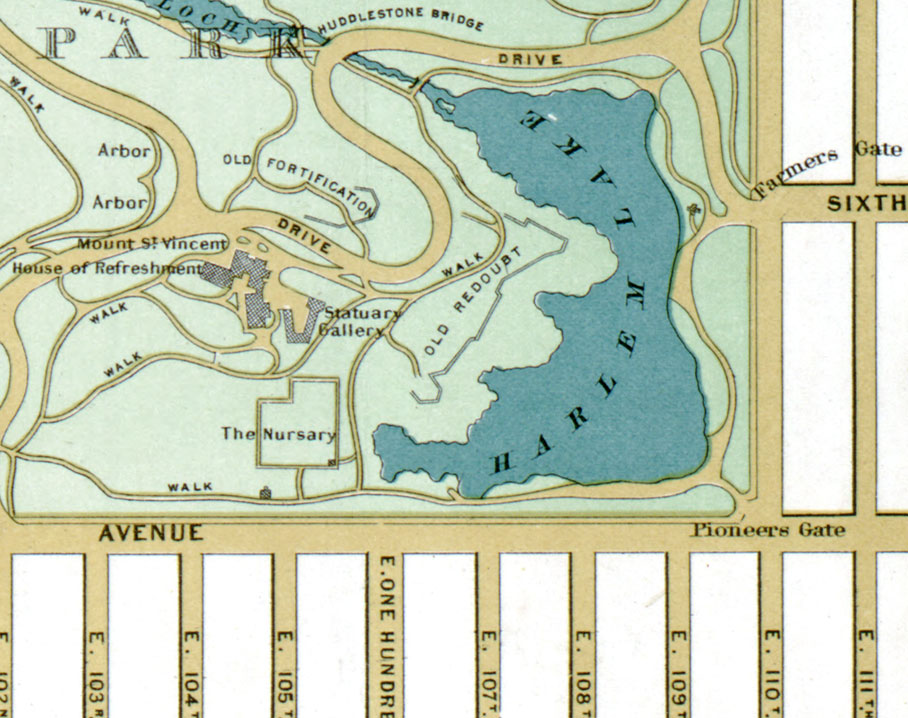
The downhill switchback that begins Harlem Hill is not man made and actually dates back to colonial times, 1756 to be precise. It’s true name is ‘McGowan’s Pass’ named after a family that lived there at the time. They owned a tavern called The Black Horse located just before the 102 Transverse on the left. On the right just past 102, where Central Park Conservancy does composting, is where their house stood. Pretty amazing.

During the Revolutionary War the area was used by troops as it was a high-ground position. In fact, George Washington (the man himself) most likely used McGowan’s Pass to enter the city. Think of that the next time you take a jog down Harlem Hill!
After the Revolutionary War a few forts were built n the area. Fort Clinton, Fort Fish and Nutter’s Battery kind of lined the north part of the Pass from East to West. The next time you run in the winter months, look up on top of the highest point when you start to ascend the west side of Harlem Hill. You will see Blockhouse No. 1, also built at that time!
The McGowan family, prominent in politics, kind of vanish from history in the late 1800’s. Their property was sold (for $6000!) and the St. Vincents Academy took over. It was a school and later a restaurant and tavern! The Park Commission finally closed it in 1915.
I find this so amazing. Could you imagine the old McGowan Family sitting on their front porch watching people running a in a local 10K? I kind of wish the McGowan Pass Tavern, or the Black Horse were still around so I could have a cold beer right after a run!
So the next time you go for a run around the north part of the Park just think about Revolutionary soldiers camped out or a rustic hotel and tavern sitting on the hill.
This is to the right of the 102 Transverse! 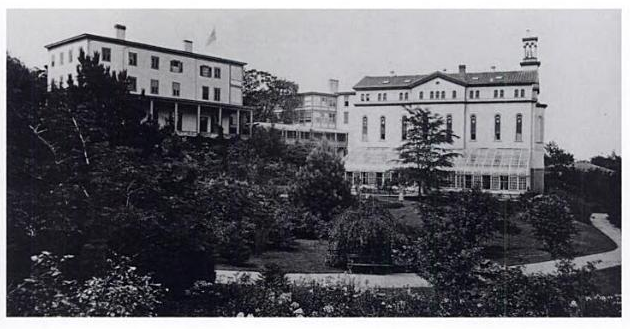
How many times have you run down that hill (to the right is due north)! 